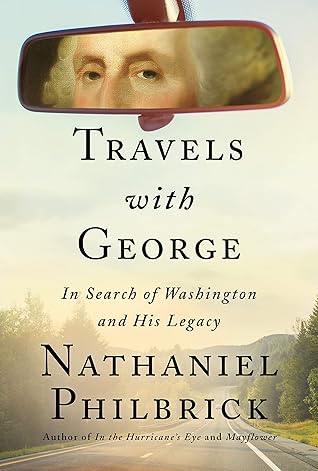More on this book
Community
Kindle Notes & Highlights
Read between
April 7 - May 10, 2022
“How different is power when derived from its only just source, viz., THE PEOPLE,” proclaimed The Federal Gazette. “The first magistrates of the nations of Europe assume the titles of Gods and treat their subjects like an inferior race of animals. Our beloved magistrate delights to show, upon all occasions, that he is a man—and instead of assuming the pomp of master, acts as if he considered himself the father, the friend, and the servant of the people.”
“Men’s minds are as variant as their faces,” he wrote. “Liberality and charity . . . ought to govern in all disputes about matters of importance.” On the other hand, “clamor and misrepresentation . . . only serve to foment the passions, without enlightening the understanding.”
In terms of suffrage and political access, New Jersey was different from any other state in the Union. Since 1776, the state’s constitution had given voting rights to any adult—male, female, white, or African American—who had lived in New Jersey for a year and was worth at least fifty pounds.
(This would remain the case until 1807, when the Anti-Federalist state legislature restricted the right to vote to white males in an effort to prevent women, who tended to vote Federalist, from participating in the 1808 presidential election, ultimately won by the Anti-Federalist Thomas Jefferson’s heir apparent, James Madison.)
Emblazoned across the arch’s top in large gold letters was the phrase “The Defender of the Mothers Will Be the Protector of the Daughters.”
I realized that the Statue of Liberty—a green colossus inspired by the abolition of slavery—was the ultimate Civil War monument.
As Abigail Adams observed about Washington, “If he was really not one of the best-intentioned men in the world, he might be a very dangerous one.”
Washington, seated in a pew near the pulpit, glanced back and saw a young Danish artist named Christian Gullager sketching him. Gullager later completed a painting based on his first glimpse of Washington, who looks at us probingly from the corners of his eyes. This is a very different Washington from the general of the Revolution.
As the example of New York City’s King George monument demonstrates, history isn’t being lost when a statue is toppled to the ground; history is being made.
Looking into the woods across from the plaque, I was tempted to believe that a monster had been born in Mulberry Grove. But it was worse than that. A monster is singular and slayable. What haunts America is more pervasive, more stubborn, and often invisible. It is the legacy of slavery, and it is everywhere.


